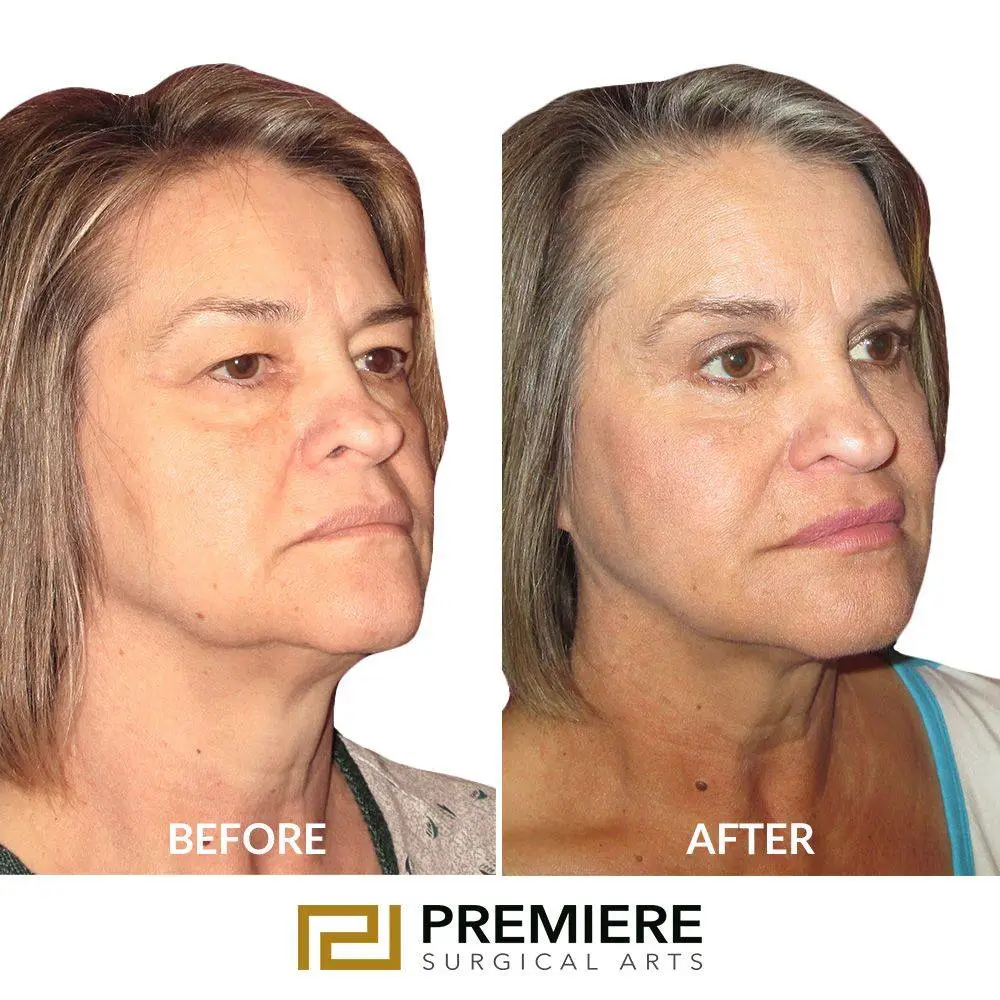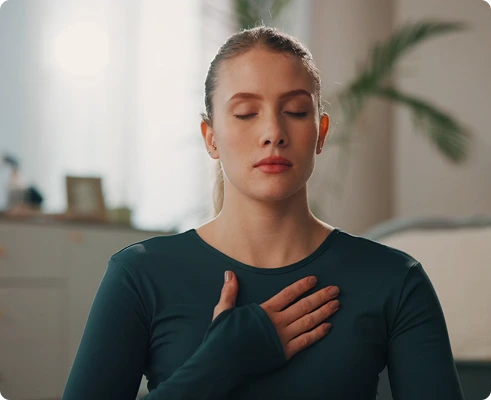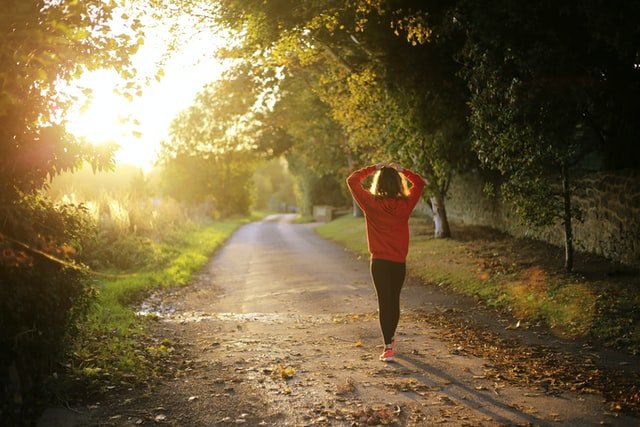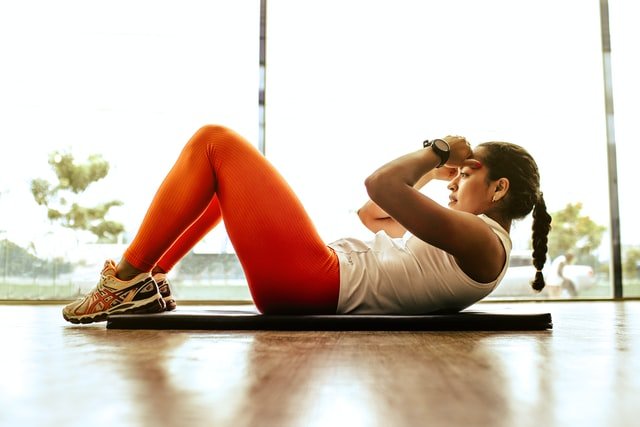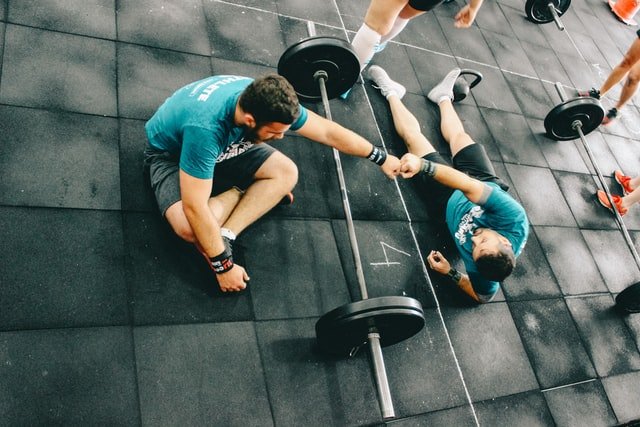Large, twisted, and bulging varicose veins frequently appear on the legs and feet. They occur when the veins’ valves malfunction, resulting in less efficient blood flow. Usually, varicose veins do not cause any discomfort or severe pain. Hence, health-related therapy for varicose veins is rarely necessary, but if swelling, aching, pain in the legs, and significant discomfort occur, treatment is essential. There are several choices, including some DIY solutions.
When to see a vascular doctor? While varicose veins are mostly only unpleasant and ugly, they can pose a threat to health if left untreated. A person’s varicose veins may impair healthy blood circulation if they do not receive the appropriate therapy. It may result in blood clot formation and DVT, a potentially fatal condition.
In extreme circumstances, a varicose vein may rupture or result in varicose skin ulcers. In addition, varicose veins can rupture in a medical emergency if left untreated. So it would be best to treat them before they cause serious problems.
What are the symptoms of varicose veins that show you need medical help?
Sometimes varicose veins don’t hurt. Varicose vein symptoms include:
- bluish-purple or dark purple veins
- tangled, bulging veins that frequently resemble cables on the legs
The following are examples of painful varicose vein indications and symptoms:
- Legs that be heavy or aching
- Lower leg edema, muscular cramps, burning and throbbing
- Pain that worsens after spending a lot of time sitting or standing
- itching around a vein or many veins
- Variations in skin tone near a varicose vein
If you have these prominent symptoms, it is best to seek medical help from a good vein specialist. If you don’t know what is a varicose vein specialist called, a phlebologist or a vascular surgeon is the vein specialist who can treat your varicose veins.
What preventive measures can you take to avoid varicose veins?
It does not require invasive treatment unless varicose veins cause any medical problems or severe discomfort. It is not always feasible to stop varicose veins from growing because genetics and hormones play a part in their development. There are, however, some actions one can do to lessen the risk of developing varicose veins.
Varicose vein prevention strategies could involve:
- Regular exercise enhances circulation and encourages blood to return to the heart.
- You should maintain a healthy weight with diet and exercise.
- Avoid crossing your legs when sitting for extended durations since this can lessen blood flow to your legs.
- Regular “walk breaks” promote blood flow throughout the body, especially in the legs.
- Wearing support stockings, which apply light pressure on the legs to compress them and promote blood flow.
- Avoid wearing clothing too tight in the groin, upper legs, or waist, as this can prevent blood from returning to the heart.
- Reducing salt intake, as too much sodium might cause swelling.
Conclusion
We hope the above-given information may give you valuable insight regarding varicose vein treatment. The above article tells us about varicose veins’ symptoms and preventive measures. For more informational details, please visit veintreatmentli.com.


